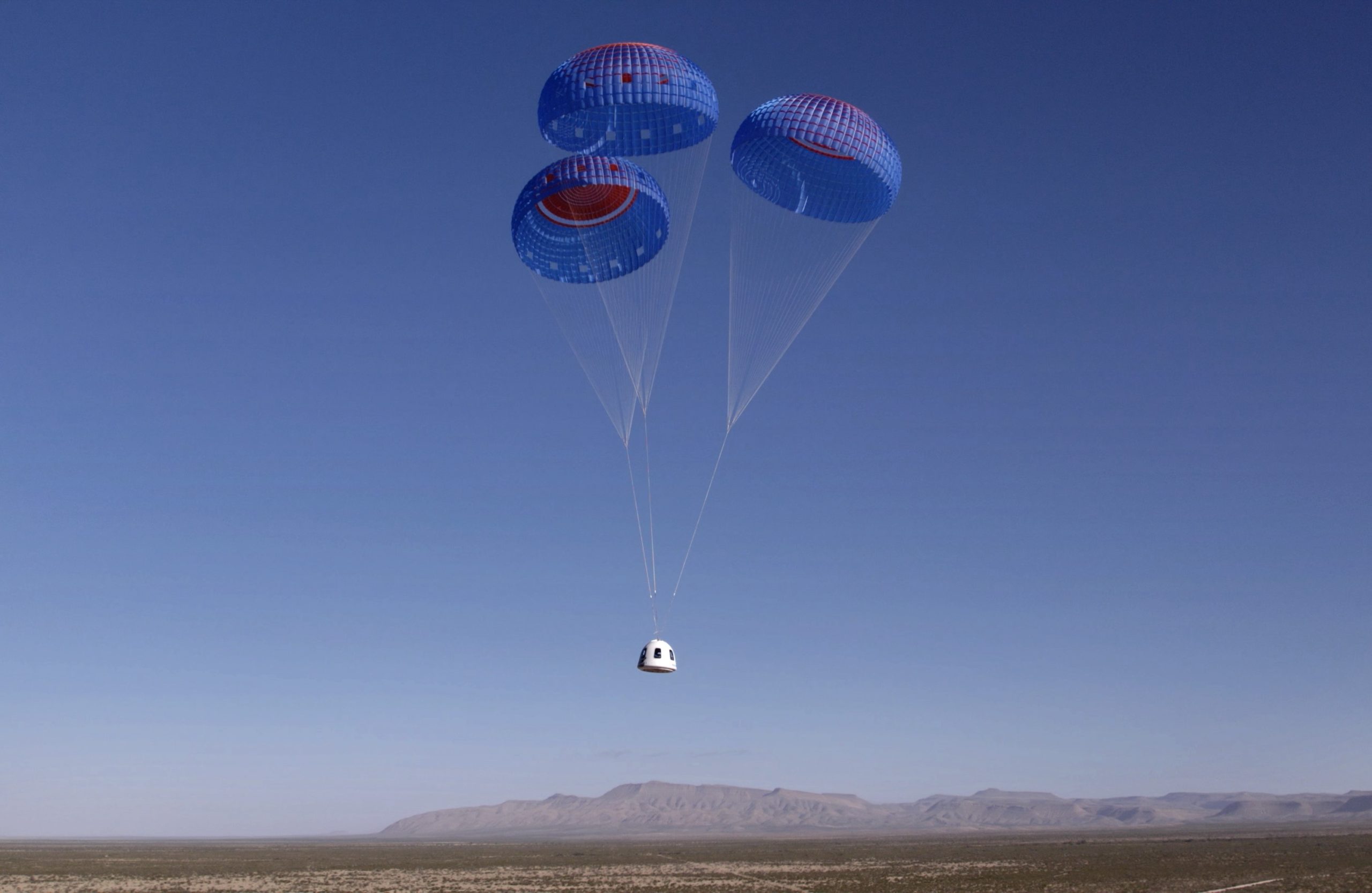Astronomers around the world know that our home galaxy, the Milky Way Galaxy, has something hidden within its center. A radio source is emanating radiation from the galactic center, and this source has been nicknamed Sagittarius A*. They’ve probably already revealed the identity of what lies within, too; a supermassive black hole that’s 4.1 million times the mass of our own Sun, or 4.1 million solar masses. (Read more about the topic in our previous piece on the “Unicorn” black hole.)
In a slight tangent, much like our own planet has a planetary satellite in the form of the Moon, the Milky Way Galaxy too has some of its cosmic neighbors locked with it in a dance. One of these particular satellite galaxies is a small dwarf spheroidal galaxy named Leo I.
Leo I is estimated to be about 820,000 light-years away from Earth, and is considered one of the most distant satellite galaxies of the Milky Way. You see, both the Milky Way and Leo I are part of a cosmic grouping known as the Local Group, a collection of galaxies tethered to each other by their own collective gravity. (Additional members include our galactic neighbor, the Andromeda Galaxy, along with its own galactic satellites.)
While finding out about Leo I isn’t necessarily ground-breaking when heard of at first, it’s what researchers from the University of Texas in Austin (UTAustin) found that has the astronomical community abuzz. It appears that Leo I might hide a supermassive black hole of its own inside it—and it truly lives up to the “supermassive” name, as recent studies reveal that it may be a staggering 3.3 million solar masses.
This puts the mystery black hole within Leo I at about 80% the mass of the black hole inside Sagittarius A*; this is especially surprising given the fact that Leo I in itself contains an estimated 20 million solar masses. It appears that the black hole that Leo I hides is roughly 16% its total mass.
“The models are screaming that you need a black hole at the center; you don’t really need a lot of dark matter,” UTAustin astronomer Karl Gebhardt said in the institution’s news release. “[Its] black hole is about as massive as the Milky Way’s. The mass ratio is absolutely huge. The Milky Way is dominant; the Leo I black hole is almost comparable.”
The research team calls their findings different from past studies of the dwarf galaxy due to the quality of data obtained, and due to the help given by supercomputer simulations. The new data gathered on Leo I was concentrated on its own galactic center, which they say is “unaffected by the bias” held by older studies towards gathering data from low-velocity stars, which would have affected predictions on the amount of matter contained within their individual orbits.
In the words of lead author and UTAustin doctoral graduate María José Bustamante-Rosell: “[There] is no explanation for this kind of black hole in dwarf spheroidal galaxies.”
Gebhardt explains that the radical findings from Leo I might have implications on our understanding of how the supermassive black holes in galactic centers, like what we have in Sagittarius A*, might grow in mass. You see, Leo I is on a collision course with the Milky Way Galaxy; given that we are far larger in total mass compared to Leo I, our galaxy will simply “absorb” Leo I—and its ridiculously massive central black hole along with it. The black hole inside Leo I will simply merge with the one inside Sagittarius A*, much like the black hole merger that produced the gravitational waves detected by LIGO a few years prior.
“If the mass of Leo I’s black hole is high, that may explain how black holes grow in massive galaxies,” Gebhardt followed.
The study on Leo I was published in The Astrophysical Journal.
References
- Bustamante-Rosell, M. J., Noyola, E., Gebhardt, K., Fabricius, M. H., Mazzalay, X., Thomas, J., & Zeimann, G. (2021). Dynamical analysis of the dark matter and central black hole mass in the dwarf spheroidal leo i. The Astrophysical Journal, 921(2), 107. https://doi.org/10.3847/1538-4357/ac0c79
- Starr, M. (2021, December 4). A tiny galaxy has an unusually large black hole and scientists aren’t sure why. ScienceAlert. https://www.sciencealert.com/a-tiny-satellite-galaxy-of-the-milky-way-has-a-black-hole-nearly-as-big-as-sgr-a
- Texas astronomers discover strangely massive black hole in milky way satellite galaxy. (2021, December 1). UT News. https://news.utexas.edu/2021/12/01/texas-astronomers-discover-strangely-massive-black-hole-in-milky-way-satellite-galaxy/











